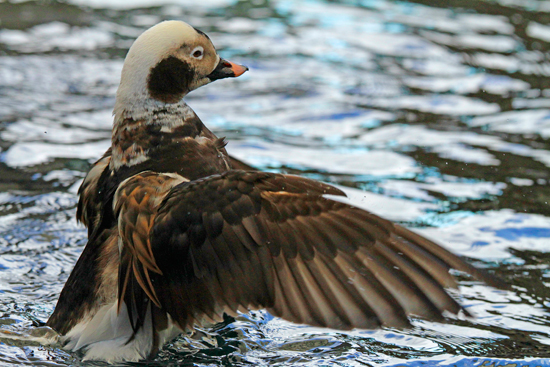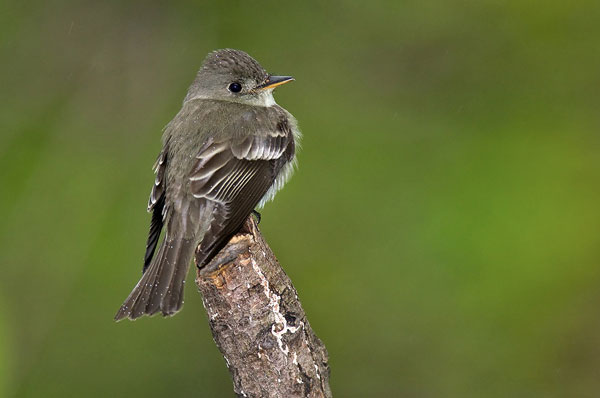The Holbrook Explorer

The Great Backyard Bird Count
The Great Backyard Bird Count
Every year, volunteers around the world look to their backyards and beyond in the name of science during the Great Backyard Bird Count. The observations recorded during this citizen science event help researchers better understand population trends and migrations patterns—and you can help.
The event takes place for four days in February each year, welcoming bird-watchers from all backgrounds, ages, skill levels, and locations to tally the bird species they see for as little as 15 minutes on one of the days.
The GBBC began in 1998 as a joint project between the Cornell Lab of Ornithology and the National Audubon Society and has since expanded to more than 100 countries.
 Florida Scrub-Jay by Jake Scott
Florida Scrub-Jay by Jake Scott
Why You Should Get Involved
Scientists can’t be everywhere, but through the GBBC you can help be their eyes and ears. The data collected from this event helps reveal the trends within bird populations, helping researchers understand whether populations vary from year to year, change depending on rural or urban locations, or are affected by disease. If researchers understand the trends, they are closer to finding solutions to conservation issues.
Participation is free and can be done from your own backyard or window, with a time commitment of as few as 15 minutes—or longer if you wish! The steps are simple, but the impact is monumental.
 Long-tailed Duck by Jerry Goffe, NaturePhotoWorks.com
Long-tailed Duck by Jerry Goffe, NaturePhotoWorks.com
How to get involved
Visit https://www.birdcount.org/participate to sign in with your existing eBird or Merlin Bird ID account or create a new one for free. (Watch our webinar to learn more about using both these tools.)
Then, count the birds you see or hear in as many places and on as many occasions as you wish. Make sure to submit separate checklists for every day, every location, and for the same location if it is a different time of day.
TIP: To get the most accurate recording, give your best estimate for the number of each species, and err on the side of being conservative with your counts. For example, if you see one bird, then four of that same species together, then two, then three, you would input four for that species, rather than 10. This is because it is likely those four birds are coming back to the same location at different times and in different combinations. (See more tips on counting birds here.)
 Acadian Flycatcher by William H. Majoros
Acadian Flycatcher by William H. Majoros
Resources
- eBird Mobile App – Allows you to submit your GBBC records from anywhere. Anything you submit within the GBBC count time will be recorded as data for the event.
- Merlin Bird ID App – great for beginning birders! Allows you to identify a bird by answering five simple questions – where was it found, what time of day, etc. – or by uploading a photo of the bird. The app gives you the most likely options for the species you have sighted.
- Share photos – GBBC has discontinued their annual photo contest, but you can still submit favorite photos to share with others, and your photos will be added to the Macauley Library, the world's premier scientific archive of natural history.
- Visit birdcount.org/tools/bird-id to get tips on how to ID tricky species of birds.
You now have everything you need to be a citizen scientist! Enjoy the Great Backyard Bird Count – the birds thank you for your contribution!
Originally published February 2021; last updated February 2024

